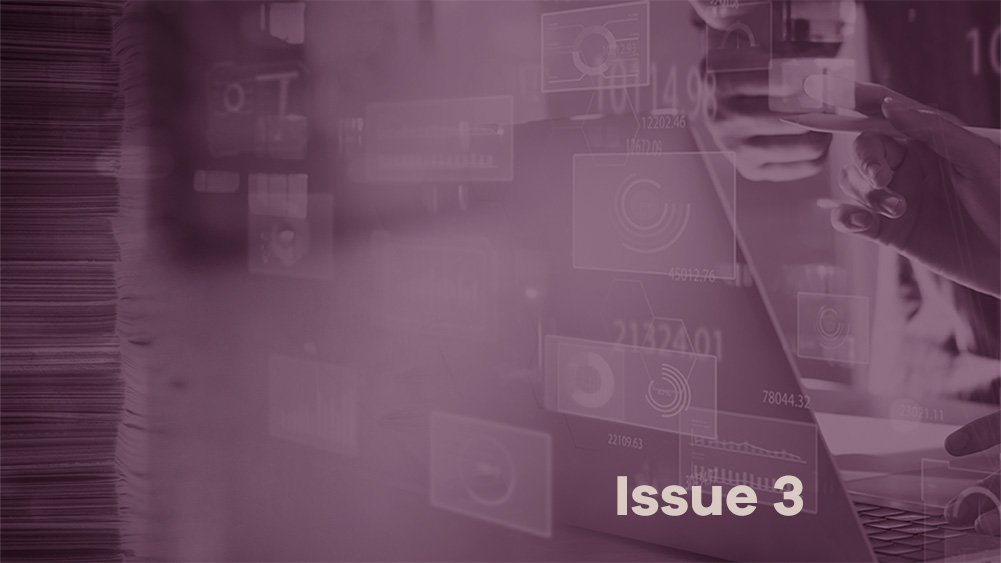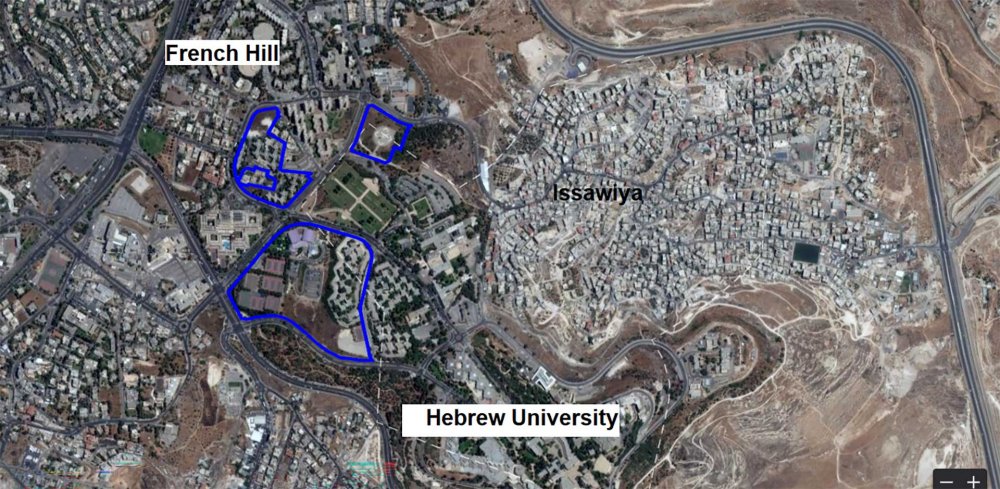Jerusalem Pulse is a periodic digest of the latest research shedding light on the multifaceted issues surrounding the lives of Palestinians of Jerusalem.
Jerusalem Story has curated a selection of key articles, papers, and reports by researchers and relevant NGOs, both local and international, that offer insight into some of the exceptional challenges faced by the Palestinians of Jerusalem.
This roundup aims to monitor and document trends as they unfold over time and will serve as a vital resource for anyone seeking a deeper understanding of the evolving dynamics, geopolitical developments, socioeconomic trends, human rights concerns, and scholarly analysis concerning the Palestinians of Jerusalem.










